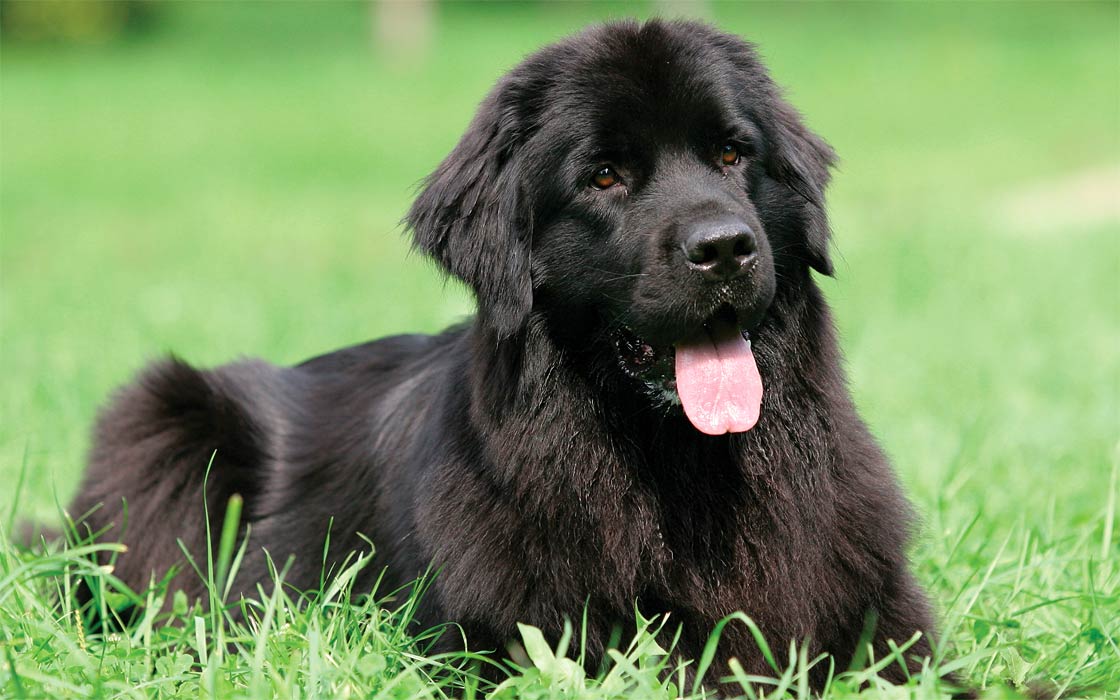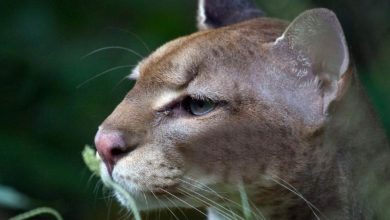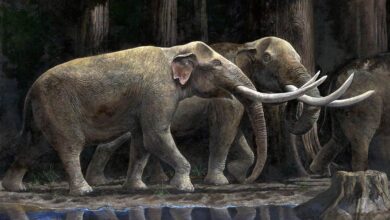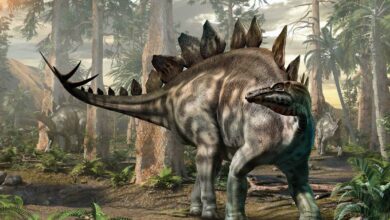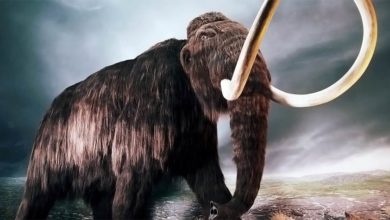Dog breeds – Newfoundland dog
Every dog lover would appreciate such a babysitter, although the impressive size of the Newfoundland dog might suggest a wild and unpleasant temperament. However, nothing could be further from the truth – dogs of this breed are renowned for their gentle disposition and good-naturedness; they are also natural rescuers and strong swimmers.
FCI classification
- Group 2 Pinscher and Schnauzer-Molossoid breeds, Swiss Mountain and Cattle Dogs
- Section 2.2 Molossoid breeds, Mountain type
- Without working trial

History of the breed
It has many features in common with other molossians, such as the St. Bernard dog or English mastiff, including thick and short limbs, a massive head with a very wide mouth, thick neck and strong bones. In fact, many St. Bernard dogs are descended from the Newfoundland dogs that began to be interbreed in the 18th century, when the Great Pass dog population was threatened with extinction. In addition, the Newfoundland dog has mountain dog characteristics such as the Pyrenean Mountain Dog.
The breed is native to Newfoundland and Labrador, as are the Labrador Retrievers and St. John’s water dog. The distinctive New World Molossers are probably the result of crossing Portuguese Watchdogs brought in by Portuguese fishermen in the 16th century. The 17th century was the time of colonization and the breed took on a distinct appearance and temperament.
At the end of the 19th century, fishermen and travelers from England and Ireland came to Newfoundland to describe the two main groups of working dogs: the first group was strongly built, large and covered with long fur, the second group was medium-sized but very active and covered with smooth fur made for swimming.
Heavier individuals (from the first group) were called Greater Newfoundlands or simply Newfoundlands, smaller ones were called Lesser Newfoundlands or St. John’s water dogs, which contributed to the creation of the Labrador Retriever breed. Both breeds worked in the water to haul fishing nets, but the Greater Newfoundlands were also good at hauling carts and various types of equipment.
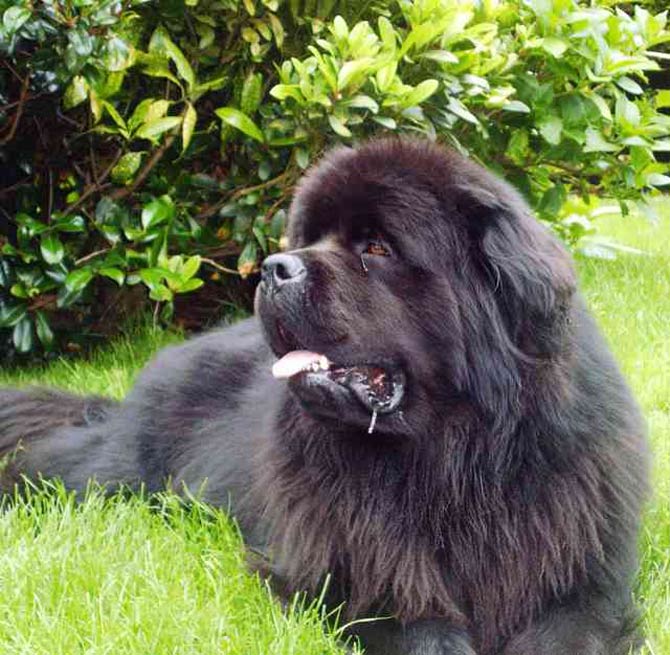
Over the past 200 years, many stories have been written about the courage of Newfoundlands saving lives. One of the most famous representatives of the breed was a dog named Seaman that participated in the Lewis and Clark expedition.
In addition to serious work, the Black Newfoundlands were an attraction in van Hare’s Magic Circus in 1862, and for the following years they performed in circuses in Europe. These dogs had their own name: “Thousand Guinea Dog Napoleon” or “Napoleon the Wonder Dog”. Van Hare trained them as “horses” for baboons dressed as jockeys. They were also good at jumping from a springboard and dancing to the beat of the music.
The breed flourished until 1914 and then 1939, then the population size decreased dramatically as a result of the hostilities. From 1950 on, the number of Newfoundland dogs began to increase in direct proportion to their popularity, although the size and love of water and mud baths make them unsuitable for all dog lovers.

Characteristics
Appearance
It is distinguished by membranous paws, water-resistant hair, but also weight. Dogs weigh an average of 60-70 kg (132 – 154 lb), females 55–65 kg (121–143 lb), which makes the breed one of the largest in terms of weight (some individuals can weigh even over 90-100 kg / 198-220 lb).
The coat consists of two layers: the topcoat and the undercoat. The former is medium length, not forming curls but creating delicate waves at times. The undercoat, on the other hand, is dense and soft, becoming most abundant in winter. The hair on the head, face and ears is short and fine. It forms characteristic feathers on the fore and hind limbs, the tail is covered with thick and long hair, which, however, does not form plumes. Despite the abundance of hair, it is not recommended to cut or trim.

The FCI lists 3 types of color: black, brown and white and black:
- Black – traditional color within the breed, the deeper, the more beautiful. Sometimes a sun-red hair is found. There are white accents on the chest, toes and tip of the tail
- Brown – shades from chocolate to golden brown; similarly to black, you can meet with white spots on the chest, fingers and the tip of the tail
- White with black patches (“Landseer“) – show dogs should have a black head with a white arrow and a muzzle, a black back (more precisely the saddle), croup and tail base, the rest of the body is white or spotted
- Grey (only in US standard, not recognized by other standards)
Heavy bones are the root cause of a dog’s large mass, and a muscular, strong body can cause big waves. Since the lung capacity is very large, the Newfoundland can swim long distances, and the thick fat tissue and waterproof fur protect against hypothermia, which is why the dog can swim in icy water. Thanks to its massive, webbed legs, it develops impressive speed.
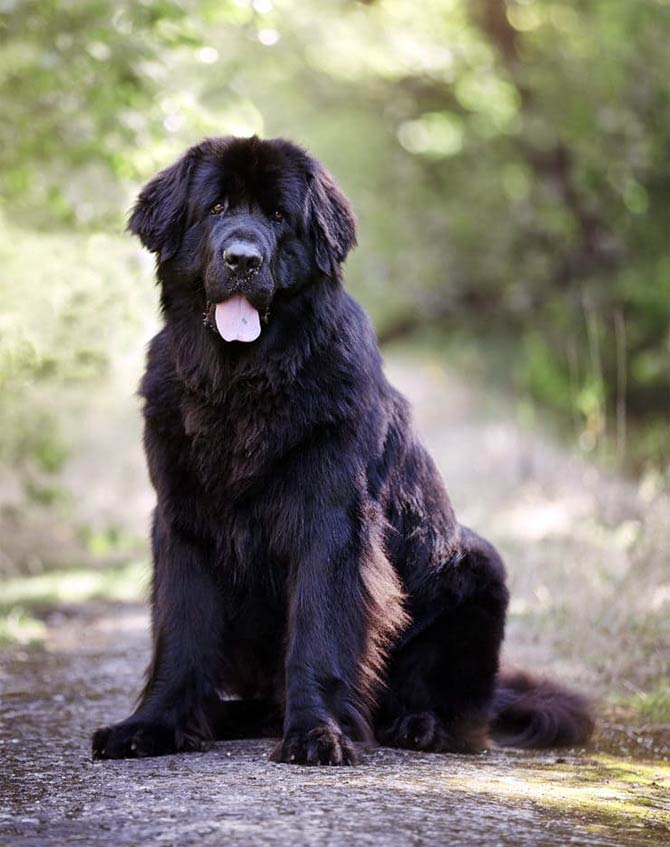
Temperament
Inner peace, obedience and strength are legendary traits when it comes to Newfoundland dogs. Besides, they are very loyal and therefore work well for humans; they are also considered gentle giants for a reason, and the Kennel Club describes their character as “sweet”. It may be the canine equivalent of Mr. Nanny, portrayed by Hulk Hogan in the film – although big, he is patient and understanding.
However, you need to teach a young pooch to be familiar with a small man so that in the future he will not lean on him or knock him over, which is not difficult with such dimensions. It gets along well with other animals, but if left untrained, it may inadvertently crush or knock them over.

Health condition
Several diseases occur in dogs of this breed: joint dysplasia (especially of the hip and elbow) and cystinuria (an inherited disease leading to urolithiasis). There are also cases of genetic sub-valvular aortic stenosis (SAS) leading to sudden death at an early age.

Napoleon’s dog
Newfoundland – the dog who saved Napoleon
Everyone who knows history probably knows that Napoleon was exiled to Elba. Few probably know a certain thread from this story, where the hero of our today’s story played the main role.
Napoleon was said to be so fed up with the island and the guards that he jumped into the rough sea. Fortunately for him, or for his misfortune, the Newfoundland jumped in after him and saved him. However, history does not mention the name of this heroic dog.

Detailed data and dimensions (size)
Newfoundland dog
- Height at the withers:
- Males approx. 71 cm (28 in)
- Females approx. 66 cm (26 in)
- Weight:
- Males: 65–80 kg (143–176 lb); often dogs of this breed weigh over 90 kg (198 lb)
- Females: 55–65 kg (121–143 lb)
- Lifespan: 8-10 years
- The record Newfoundland weighed 120 kg (260 lb) and was 182 cm (6 ft) long!

Newfoundland dog – interesting facts
- There is speculation that the Newfoundlands are descended from large black bear-like dogs brought in the care of the Vikings in the 11th century, but the theory has the hallmarks of wishful thinking rather than of historical fact.
- The largest registered representative of the breed weighed 120 kg (260 lb) and is 1.82 m (6 ft) long (from nose to tail), which makes it one of the largest dog.
- Newfoundlands are characterized, similarly to St. Bernard dogs, by unfortunately excessive salivation.
- The breed was featured in Disney’s animated film. “Peter Pan”. The dog, or rather a bitch named Nana, was the beloved guardian of Darling’s children.


